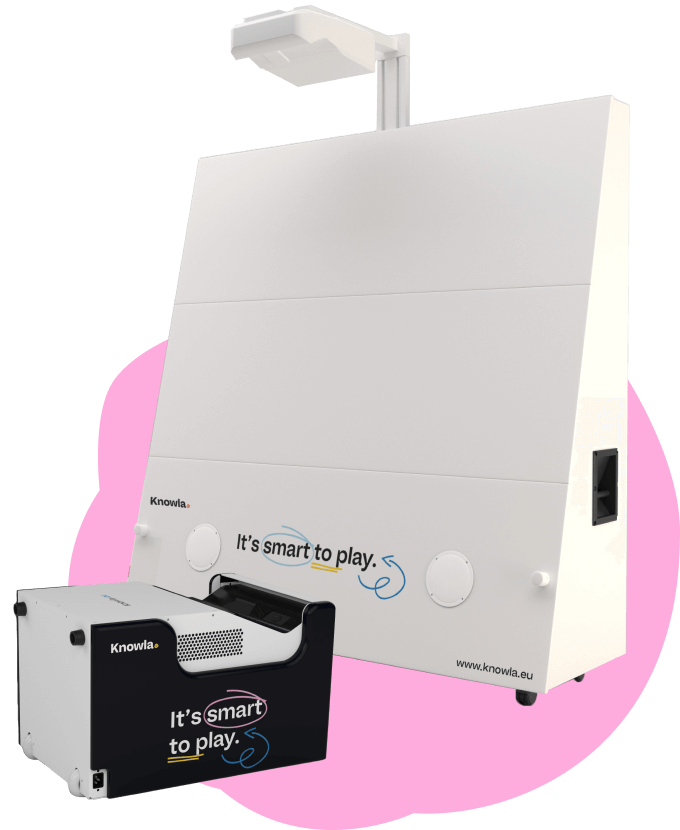Since the STEM program was established, it was intended to support young people in science-related careers. Dare them to experiment and experience science, technology, engineering or math. Overcome various fears that can discourage, for example, mathematics for life.
However, the technology industry, science industry, or the job market in general, has changed enough to create a need for art in this strict field, and that’s how STEM grew to STEAM (the letter A, from art, was added). Just why the artistry and creativity there?
Let’s start at the beginning – STEM
STEM stands for the four disciplines of Science, Technology, Engineering and Mathematics (STEM). The program focuses on acquiring knowledge in an experiential way and tailored to the students’ needs, skills or interests.
Here we do not learn the rules by heart. Learning comes out as if by the way of our own experimentation. In addition, STEM allows combining knowledge from different classroom subjects, such as programming with biology or chemistry). STEAM is also supposed to support learning, among other things: cognitive skills, cause and effect, logical thinking, drawing conclusions, independent and critical acquisition of knowledge.
A common method here is projects, in which students must independently acquire knowledge from different subject areas to build, for example, a functional and useful machine. Various experiments, project tests or scientific experiments, from which lessons can be learned for the future, are also becoming indispensable.
STEM has emerged in response to the technology boom, which has led to developments in almost all fields and opened up a strong demand for people with science knowledge and skills. In schools, however, the practical side or applications of the knowledge presented was not taught. Moreover, complicated patterns, lines of code and diagrams did not inspire curiosity and a desire to explore further. STEM promoters have set out to change that.

So why STEAM?
STEAM is based more or less on the same thing as STEM, i.e., it encourages the exploration of science, but with one addition: art (STEAM to STEM has added the letter A, from art).
There may be several reasons for its appearance. Let’s review three.
First of all, it is important to note the technology market, which, as it were, put pressure on the emergence of STEM, and over time realized that it also needed the arts as part of its education. The first computer solutions were quite breakneck and poorly adapted to the average user. They were not pleasing to the eye or manifested much aesthetic value. Thus, different types of designers were needed – artists who would also feel comfortable in an engineering environment to adapt this accordingly.
This approach further promotes STEM interdepartmental project work. Game development is nothing more than a combination of these two worlds. Such a change in point of view may also have caused people who did not see themselves at all in the science community to suddenly find a place for themselves there. Young “humanists” or “artistic souls” were given another incentive to participate in STEM to date.
Second, the labor market has changed. A variety of competencies or skills also made room for soft skills during recruitment. Candidates are required to have good communication, teamwork, stress management, sensitivity (aesthetic, but also such interpersonal), creativity and thinking outside the box. These are skills that, in part, can be developed precisely through art classes.
Third, while we’re on the subject of skills, we should also mention that creativity or imagination has long had its place in the development of science, so it’s not worth getting rid of in education. All innovations and breakthroughs required thinking outside the box. Not one inventor or discoverer had to use his imagination, for example, to describe the action or appearance of molecules or genes before anyone saw them under a microscope.
Summary
STEAM was created to best prepare young people for the challenges they may face in their future education and careers. Within the framework of universal education, it prompts them with competencies and teaches them skills that may prove crucial to them. Knowledge here becomes very practical and more accessible.
In its formula, it reduces the fear of engaging in science. STE(A)M stream activities stimulate curiosity and creativity in young people, which in time can turn into ideas and innovations of the future.


